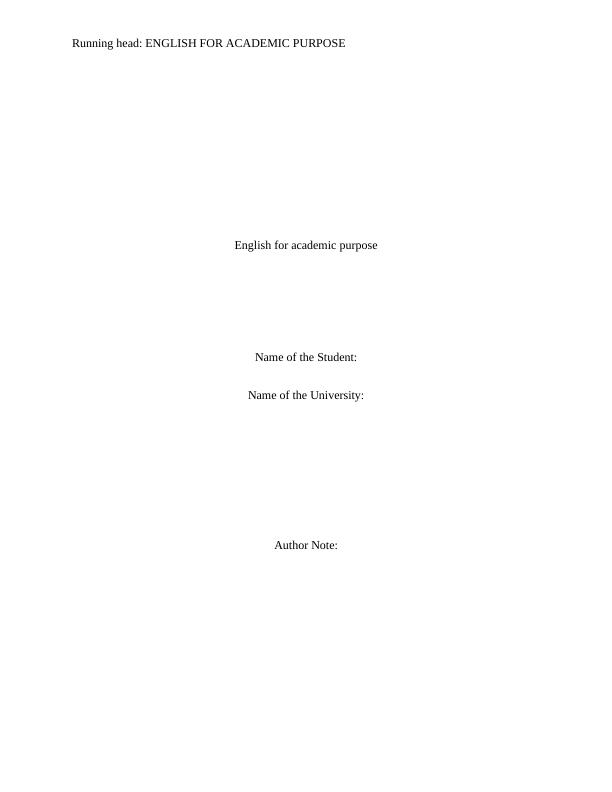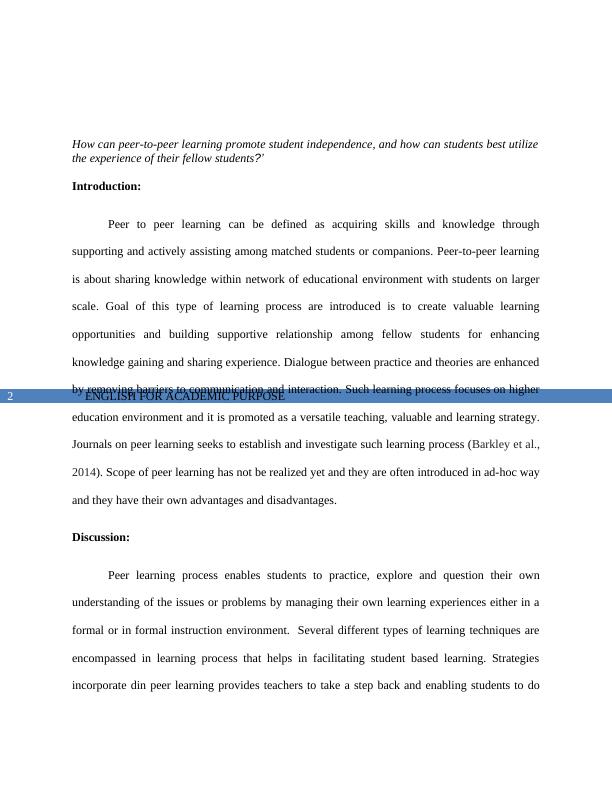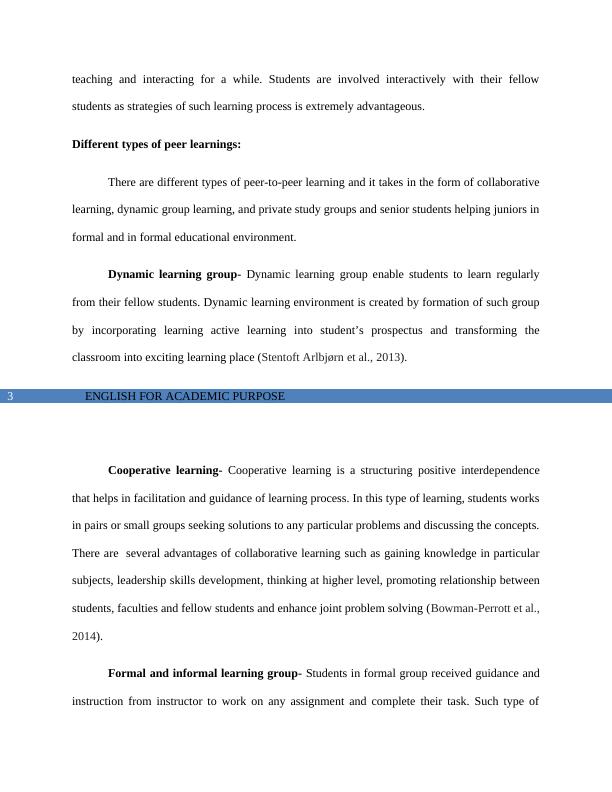English for Academic Study
10 Pages1948 Words43 Views
Added on 2020-05-11
English for Academic Study
Added on 2020-05-11
ShareRelated Documents
End of preview
Want to access all the pages? Upload your documents or become a member.
English for Academic Purposes Assignment
|9
|2067
|399
Active Learning Environments in UK Universities
|5
|2658
|353
English for Academic Purpose Assignment
|11
|2154
|98
The Effects of Marzano Instructional Strategies | Study - Desklib
|25
|6315
|138
Critical English for Academic Purposes in Classroom
|9
|1611
|25
Master of Teaching (Primary) - Instructional Design Principles and Strategies
|10
|2222
|372



